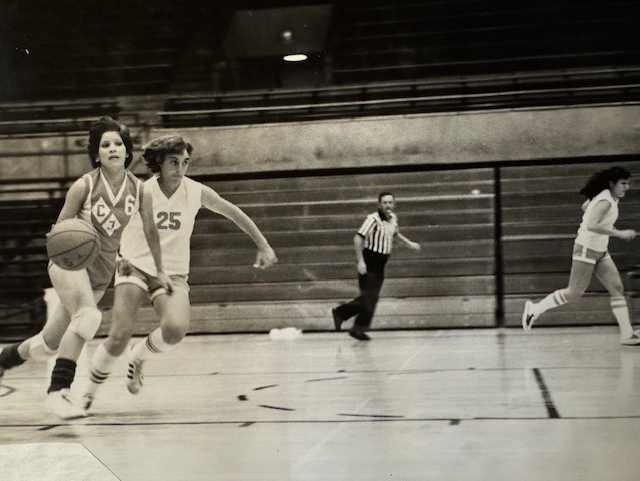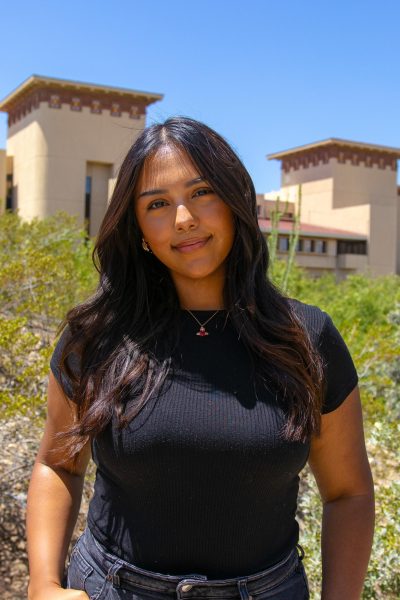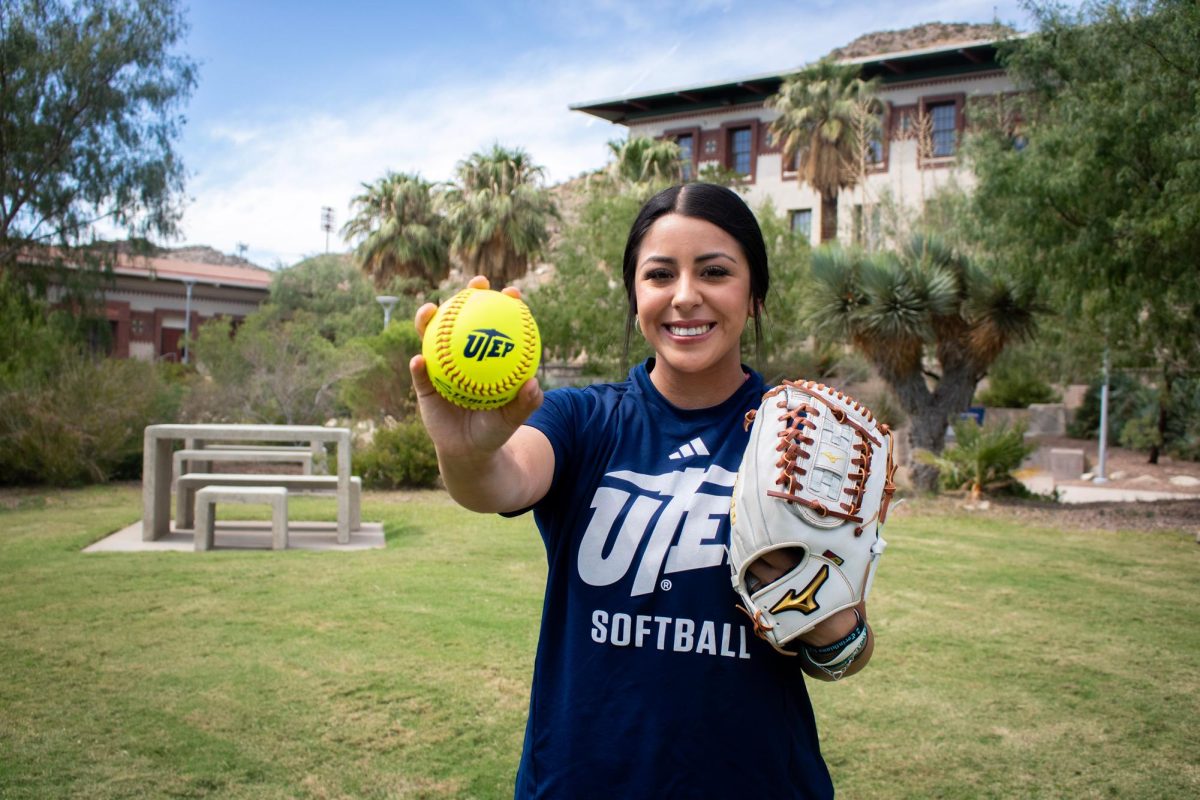When UTEP introduced its women’s basketball program in 1974, it marked a pivotal moment not only for the university, but for women’s athletics nationwide.
Only two years earlier, Title IX had been signed into law, an act that would reshape opportunities for female athletes nationwide.
The program began in 1973, when UTEP students Wayne Thornton and Don Lewis, who had been coaching an intramural women’s flag football team, began to envision more.
“We were coaching girls from Kelly Hall, and we thought, ‘You know, there’s no basketball here, wouldn’t it be cool if we had a women’s basketball team too?’” said Thornton.
Determined to make their idea a reality, the two men approached the then university president, Arleigh B. Templeton.
The university agreed and handed over $1,000 to get the program up and running. That humble beginning set the stage for what would become a transformative chapter in UTEP’s athletic history.
The first unofficial year, under the leadership of Lewis as head coach and Thornton as assistant coach, there was a lot of trial and error. The team practiced in a secondary gym near the campus library, a space that also housed a pool.
The women played a slew of local and regional opponents, including the University of New Mexico, New Mexico State, Juárez and Fort Bliss. Though modest in scale, that first season laid the foundation for something bigger.
Hiring Carol Ammerman
In 1974, UTEP decided to take the program to the next level, officially hiring Carol Ammerman as the first female coach in UTEP athletics history. Only 22, Ammerman came from Wayland Baptist University, home to one of the most successful women’s basketball programs in the nation at the time.
“The Hutchinson Flying Queens, as they were known, were like the Tennessee or UConn of that era,” said Thornton. “Carol brought that high-level experience with her, which was crucial for our growth.”
Ammerman said those early years were both an exhilarating blend of excitement and a challenge.
“I was so young, just 22, and coaching players who were my age,” she said. “I coached the way I was coached: hard and long. My high school experience was intense, and I carried that into my coaching here.”
Support from the legendary Don Haskins
Facilities were a constant challenge. Initially, the women played in a small gym off campus, where the sidelines hugged the walls so tightly that there was barely room for players to step out of bounds.
Concerned for her athletes’ safety, Ammerman turned to Don Haskins, the legendary coach of UTEP’s men’s basketball team.
“I went to Don Haskins and said, ‘My girls are going to get hurt,’” said Ammerman. “That’s when we started playing at Memorial.”
Haskins became one of thwomen’s biggest advocates.
“Coach Haskins was very supportive of the program,” said Thornton. “He’d always go to practices, (and)he would sometimes conduct practices for us.”
Early success and recognition
Under Ammerman’s leadership, the team gained respect quickly, finishing its first season with an impressive 11-5 record.
“I think a huge part of our success was the work we put in,” said Ammerman. “It was a lot of hard work. In fact, one of my main criticisms sometimes would be that I worked my girls too hard, but I knew they were capable of achieving greatness.”
Among the standouts from those early years was Gloria Estrada. As a junior and senior, Estrada led the Miners in scoring and quickly became a living legend.
Her impact earned her a place in the UTEP Athletics Hall of Fame in 2013 and was named to UTEP’s Centennial Team in 2014.
“Gloria is probably the most decorated athlete and the greatest basketball player in the history of the program,” said Thornton.
The university retired Estrada’s jersey’s, being the first woman honored with such distinction. Estrada’s influence remains an inspiration for today’s players, and her story is a crucial part of the program’s history.
Today, the program is more prosperous than ever with head coach Keitha Adams, the winningest coach in UTEP women’s basketball history.
Adams, who previously coached the team from 2001 to 2017 and returned in 2023, has led the Miners to unparalleled success. Under her guidance, UTEP has achieved multiple postseason appearances and a Conference USA championship.
As UTEP ushers in its 50th year of women’s basketball, Ammerman reflected on how far women’s sports have come since the 1970s.
“We started at a time when women weren’t given as many advantages in sports,” she said. “Even today, there are still gaps, but seeing how far we’ve come, and the opportunities young women have now is incredible.”
At the time, even as the program gained momentum, disparities between men’s and women’s sports were hard to ignore.
“The men got leather jackets. The women didn’t,” said Thornton.
Many years later, the university acknowledged those early players and coaches, and during a ceremony, the women’s basketball and volleyball players would get their leather jackets too.
“I tell you what— with the tears that were in that room, you could have created a new river,” said Thornton.
For the women, it wasn’t just about the jackets; it was about acknowledging their place in history.
In January, the university will host a 50th anniversary celebration, a tribute to the perseverance of those original Miners who fought for their place on the court.
“It’s going to be a great opportunity for the city of El Paso,” said Thornton. “Because it wasn’t just UTEP’s team, it was El Paso’s team.”
Rumi Sevilla is a staff reporter for The Prospector and may be reached at [email protected]







